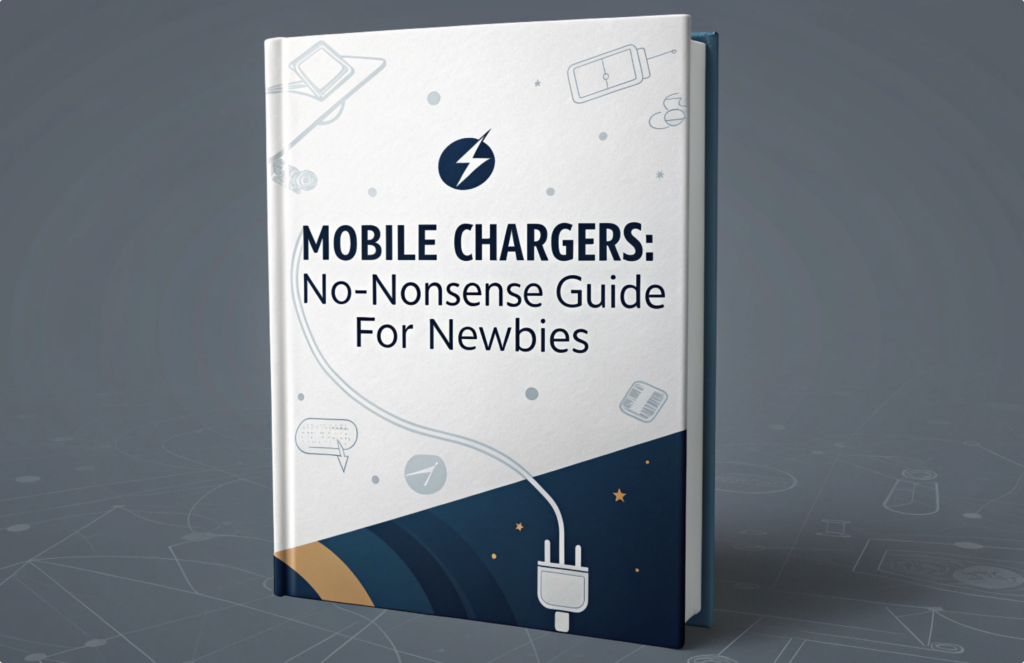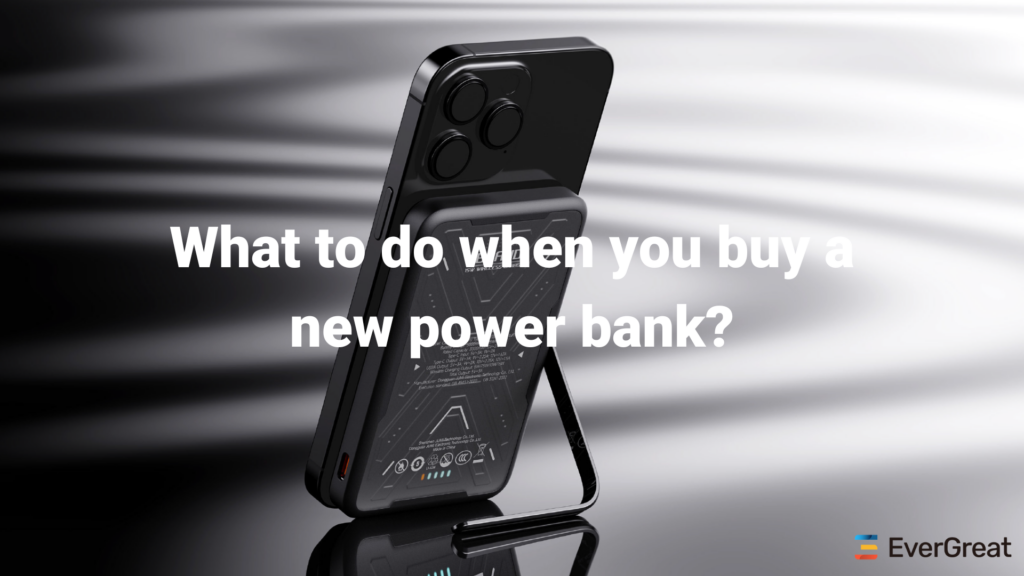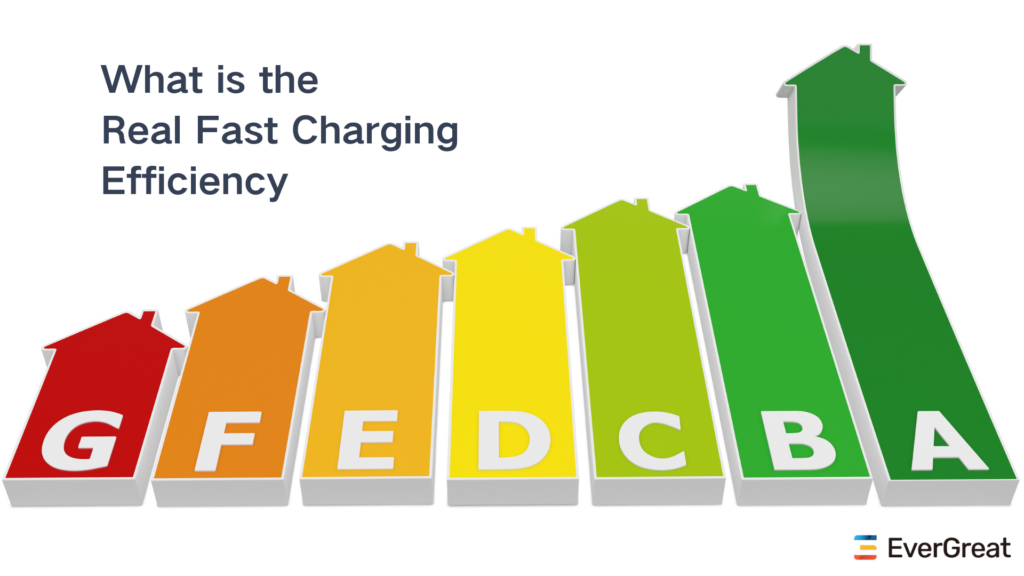
Have you ever had the following experience: Buying a 20,000mah power bank from a shopping mall, it feels like a full-blooded resurrection. “Wow, such a large capacity can charge many devices and many times. No longer worry about the sudden loss of power when playing games or at work. However, the actual situation is not the case, you suddenly feel deceived.
A common assumption is that, for example, 10000mAh will be able to charge a 2500mAh phone battery 4 times. However, this is not the case.
So many people logically deduce that there is a discrepancy between the capacity of the power bank and the actual amount of power transferred to the phone. They also noticed that the capacity wasn’t enough to charge their phones the number of times they initially counted. Let’s see why.
What is the rated battery capacity?
Rated capacity refers to the capacity of the motor or electrical appliance indicated on the nameplate that can continue to work for a long time under rated working conditions.
Most power banks are created using Li-ion batteries, which have an average voltage of 3.7V. This is the voltage that manufacturers use to calculate the theoretical capacity of their power banks. So when you see a 10000mAh capacity power bank, it’s based on the 3.7V value. And the 10000mAh is the rated battery capacity.
What is the real battery capacity?
However, when power banks are used to charge other devices, they don’t supply 3.7V. Instead, they need to supply 5V, which is the required USB standard. If you were to look at one of the output ports of any power bank, most likely you would see one of the following values printed next to it: 5V/1A, 5V/2A, 5V/2.4A, etc. Always 5V and not 3.7V.
So when the native 3.7V is converted to the supplied 5V, the capacity also drops. The 5V capacity can be calculated with the following formula:
5V capacity = (3.7V * Advertised Capacity) / 5V
For example, if we were to take a 10000mAh power bank, it’s actual capacity would be:
5V capacity= (3.7V * 10000mAh) / 5V = 7400mAh
As you can see, the supplied capacity is actually 26% smaller than the theoretical, advertised capacity.
But that’s not all! The real capacity of the power bank is even smaller!! This is because of yet another factor that needs to be accounted for: power losses.
Regarding power loss, we can roughly divide it into the following three aspects:
- As mentioned earlier, the power bank has native 3.7V, but actually needs to provide 5V. Therefore, the voltage is boosted through the converter circuit placed between the power bank and the charging device, resulting in an initial power loss.
- Batteries for electronic devices are made of lithium, and they also operate at 3.7 V, which means that another power conversion has taken place, creating even greater losses.
- USB cables also cause power loss due to their internal resistance. This cannot be ignored.
All of these factors are added together and expressed as an efficiency rating, typically between 80% and 90%. Efficiency ratings vary by power bank, but many manufacturers choose not to disclose it to customers.
How to calculate actual capacity?
As we have seen, both voltage conversion and efficiency ratings are factors to consider. The actual power capacity can then be obtained using the following simple formula:
Actual Capacity = 3.7V x Advertised Capacity x Efficiency (Decimal) / 5V
The 10000mAh Mi Power Bank PRO is one of the highest rated power banks on the market because it has an efficiency rating of up to 93%, which is actually stated in the technical specifications by the word “conversion rate”:
As an example, then the actual capacity is calculated as follows:
Actual capacity = 3.7V x 10000mAh x 0.93 / 5V = 6882mAh
This result shows that only 68.82% of the ad capacity is available to the device. Interestingly, however, if the power bank had an efficiency factor of 0.9, the result would be 0.666; in other words, two-thirds.
Therefore, if you want to know the real capacity of the power bank, but don’t know its efficiency coefficient, then you can estimate that 2/3 of the theoretical capacity is its actual capacity. However, actual capacity will vary by manufacturer.
How to test the actual capacity of a power bank?
It is impossible to know the exact internal capacity without disassembling the power bank, but in any case, the USB output can be measured.
To perform this process, connect the USB cable to a fully charged power bank while cutting the other, insulating the four colored wires. Then connect a 5Ohm resistor to the black and red terminals (1 and 4). 1Amp or 1000mA of current will be cycled through it since 5V is a standard USB output.
According to the capacity of the power bank, monitor the voltage with a voltmeter for the number of hours determined. If the battery life of the power bank is the same as the hours listed in the capacity, it is the actual capacity. In practice, this capacity is smaller due to power loss.
For example, a 12000mAh power bank will consume 12 hours of constant current load of 1 amp per hour. However, the voltage should drop earlier between 3V and 4V, about two-thirds of the capacity (8 hours), which indicates the actual capacity of the power bank.
Overall, to choose a power bank that suits individual needs, it is important to consider a larger capacity than the device; but this is not the only indicator. In fact, users should pay attention to efficiency ratings and power conversion to avoid cheating. However, anyone can only estimate actual capacity by considering 66% of the advertised value.









